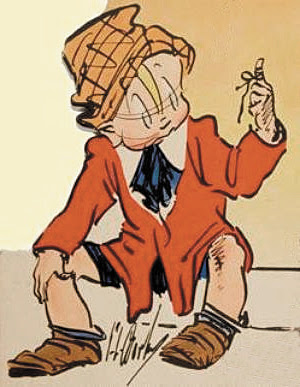Not so plain ones (above) are okay too, the important thing is simplicity and artfulness. Co-ordinating different tops and bottoms is risky. A dress consisting of a single pattern just works.
Of course you need tasteful design, which is surprisingly common in house dresses, and surprisingly uncommon in other womens wear. Other dresses often emphasize sex which is okay when it works, but how often is that? The dress above is sexy only in the sense that it communicates the intention of the wearer to be thought of that way, but it doesn't have anything else going for it. It's single focus makes the wearer seem shallow.
I know what you're thinking: why should women wear dresses at all? Why not slacks or jeans? The answer is that they're terrific, especially for younger girls, but what about the average woman? Does the 25 year-old above look that great in jeans? Not really. Maybe jeans are oversold.
The idea that jeans are casual wear that you can just slip on and automatically look good in is a myth. Lots of jeans look awkward (above) and don't work with average tops. You can fill a closet with pants that disappoint.
The truth is that about half of all women (above) aren't suited for jeans. You need to be close to your ideal weight to look good in them. House dresses are better at hiding what the average woman needs to hide.
I'll end with a question: why do women shop so much? Why all the money spent on clothes? I don't know the answer, but maybe it's because they need to shop continuously just to find a few things that actually work. Most non-housedresses don't work, and the women who buy them are always suffering buyers remorse and having to shop again. Women are paying the price for having an unrealistic idea about what makes them look good.



















































